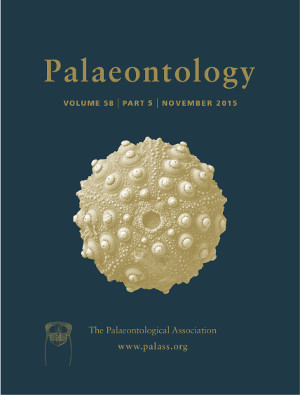Reg. Charity No. 1168330

We present the rationale for a cross‐disciplinary investigation addressing the ‘Devonian plant hypothesis’ which proposes that the evolutionary appearance of trees with deep, complex rooting systems represents one of the major biotic feedbacks on geochemical carbon cycling during the Phanerozoic. According to this hypothesis, trees have dramatically enhanced mineral weathering driving an increased flux of Ca2+ to the oceans and, ultimately, a 90% decline in atmospheric CO2 levels through the Palaeozoic. Furthermore, experimental studies indicate a key role for arbuscular mycorrhizal fungi in soil–plant processes and especially in unlocking the limiting nutrient phosphorus in soil via Ca‐phosphate dissolution mineral weathering. This suggests co‐evolution of roots and symbiotic fungi since the Early Devonian could well have triggered positive feedbacks on weathering rates whereby root–fungal P release supports higher biomass forested ecosystems. Long‐standing areas of uncertainty in this paradigm include the following: (1) limited fossil record documenting the origin and timeline of the evolution of tree‐sized plants through the Devonian; and (2) the effects of the evolutionary advance of trees and their in situ rooting structures on palaeosol geochemistry. We are addressing these issues by integrating palaeobotanical studies with geochemical and mineralogical analyses of palaeosol sequences at selected sites across eastern North America with a particular focus on drill cores from Middle Devonian forests in Greene County, New York State.